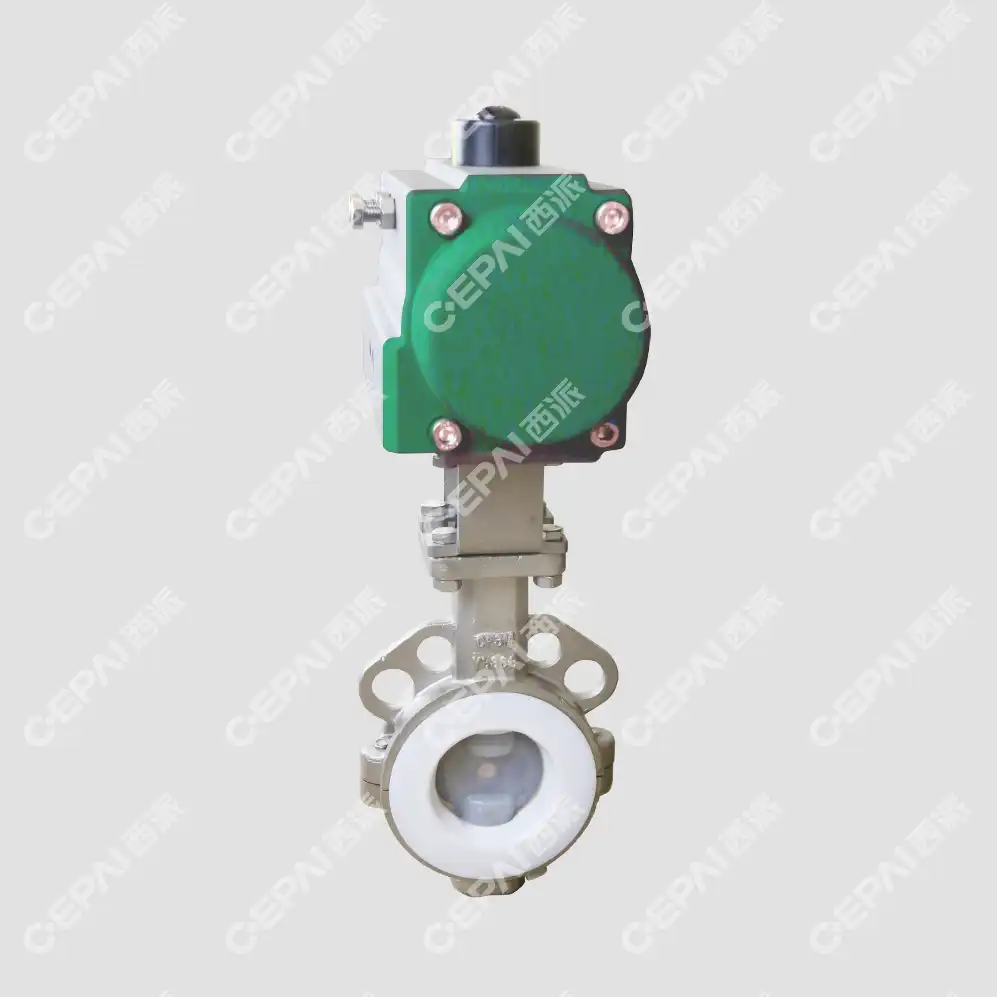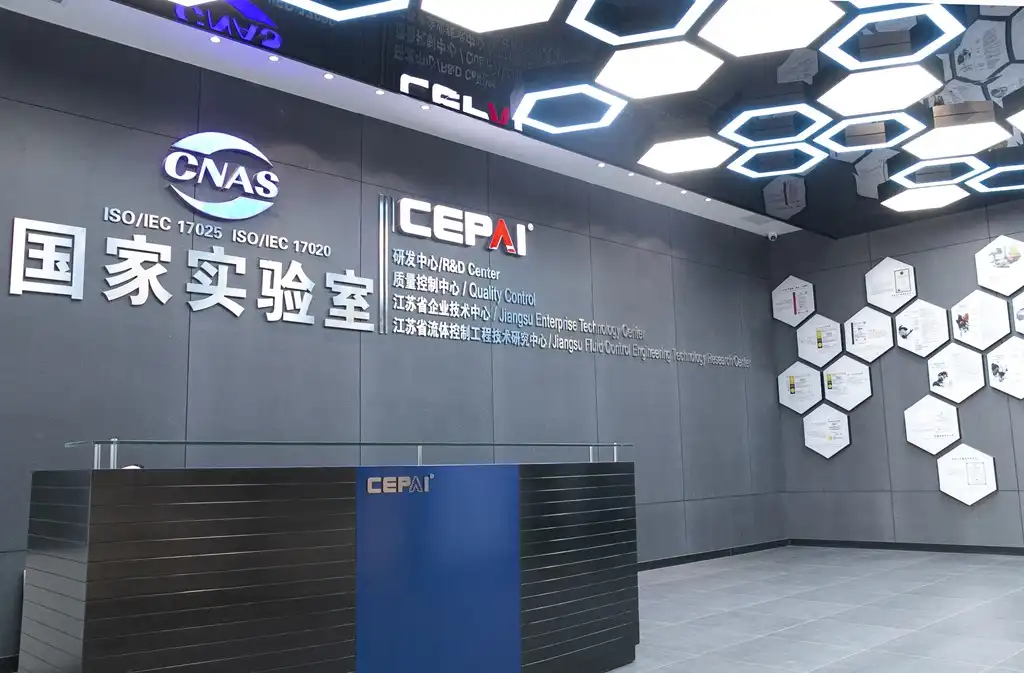The Significance of EN 593 in Butterfly Valve Manufacturing
Overview of EN 593 Standard
EN 593 is a comprehensive standard that outlines the requirements for industrial butterfly valves. It covers various aspects of valve design, production, and testing to ensure consistency and quality across different manufacturers. The standard specifies essential parameters such as face-to-face dimensions, pressure ratings, and material selection criteria. By following EN 593, manufacturers can produce butterfly valves that meet international quality benchmarks and perform reliably in diverse industrial settings.
Key Requirements of EN 593
The EN 593 standard sets forth several critical requirements for butterfly valves. These include specifications for body and disc materials, seat designs, and actuator interfaces. The standard also mandates specific testing procedures to verify EN 593 butterfly valve performance under various operating conditions. Pressure tests, leak tests, and cycle life tests are among the crucial evaluations required by EN 593. Additionally, the standard outlines marking and documentation requirements, ensuring that each valve is properly identified and traceable.
Benefits of EN 593 Compliance
Compliance with EN 593 offers numerous advantages for both manufacturers and end-users of butterfly valves. For manufacturers, adherence to the standard demonstrates a commitment to quality and helps in gaining market acceptance. It also facilitates easier certification processes and export opportunities. End-users benefit from the assurance of purchasing valves that meet recognized safety and performance standards. EN 593 compliant valves typically offer improved reliability, longer service life, and better interchangeability, leading to reduced maintenance costs and improved plant efficiency.
Design and Construction Features of EN 593 Butterfly Valves
Body and Disc Design
EN 593 butterfly valves feature robust body and disc designs optimized for durability and performance. The valve body is typically constructed from high-strength materials such as cast iron, ductile iron, or stainless steel, depending on the application requirements. The disc, which is the primary flow control element, is engineered to provide efficient sealing and minimal flow resistance. EN 593 specifies guidelines for disc shapes and materials, ensuring optimal performance across various operating conditions. Advanced manufacturing techniques, such as precision casting and CNC machining, are often employed to achieve the tight tolerances required by the standard.
Seat and Sealing Mechanisms
The seating and sealing mechanisms in EN 593 butterfly valves play a crucial role in ensuring leak-tight shutoff and smooth operation. The standard provides guidelines for seat materials and designs, taking into account factors such as chemical compatibility, temperature resistance, and wear characteristics. Common seat materials include EPDM, PTFE, and various elastomers, each selected based on the specific application requirements. The standard also addresses the importance of proper seat-to-disc interface design to achieve optimal sealing performance. Some EN 593 valves incorporate advanced sealing technologies, such as double offset or triple offset designs, to enhance sealing efficiency and reduce torque requirements.
Actuation and Control Systems
EN 593 butterfly valves are designed to accommodate various actuation and control systems, allowing for flexible integration into different industrial processes. The standard specifies requirements for actuator mounting interfaces, ensuring compatibility with a wide range of manual, pneumatic, hydraulic, and electric actuators. This standardization facilitates easier installation and maintenance of valve assemblies. Additionally, EN 593 addresses the need for reliable position indicators and limit switches, which are essential for remote monitoring and control of valve operations. Advanced EN 593 compliant valves may incorporate smart actuation systems with built-in diagnostics and communication capabilities, enabling seamless integration with modern industrial control systems.
Applications and Industry Impact of EN 593 Butterfly Valves
Industrial Sectors Utilizing EN 593 Valves
EN 593 butterfly valves find extensive use across various industrial sectors due to their versatility and reliability. In the oil and gas industry, these valves play a critical role in pipeline systems, storage facilities, and refining processes. The water treatment sector relies on EN 593 valves for flow control in distribution networks and treatment plants. Chemical processing plants utilize these valves for handling corrosive fluids and maintaining precise flow control. The power generation industry employs EN 593 butterfly valves in cooling systems, steam lines, and fuel distribution networks. Additionally, these valves are widely used in HVAC systems, food processing plants, and pharmaceutical manufacturing facilities, showcasing their adaptability to diverse industrial requirements.
Performance Advantages in Critical Applications
EN 593 butterfly valves offer several performance advantages in critical industrial applications. Their compact design and lightweight construction make them ideal for installations with space constraints. The valves provide excellent flow characteristics with minimal pressure drop, contributing to energy efficiency in fluid handling systems. The robust construction and high-quality materials specified by EN 593 ensure long-term reliability even in harsh operating environments. These valves also offer quick opening and closing capabilities, making them suitable for emergency shutdown systems. The standardized design facilitates easier maintenance and parts replacement, reducing downtime and operational costs. In industries where precise flow control is crucial, EN 593 butterfly valves equipped with advanced actuation systems can provide accurate and responsive regulation.

Future Trends and Innovations
The future of EN 593 butterfly valves is marked by continuous innovation and adaptation to evolving industry needs. Manufacturers are exploring advanced materials and coatings to enhance valve performance in extreme temperatures and corrosive environments. There is a growing focus on developing "smart" butterfly valves with integrated sensors and diagnostic capabilities, aligning with Industry 4.0 trends. These innovations aim to provide real-time monitoring of valve health and predictive maintenance capabilities. Environmental considerations are driving the development of low-emission sealing technologies and eco-friendly manufacturing processes for EN 593 valves. Additionally, there is an increasing emphasis on modular designs that allow for easier customization and upgrades, enhancing the versatility of these valves across different applications.
Conclusion
EN 593 has established itself as a cornerstone standard in the industrial butterfly valve industry, ensuring the production of high-quality, reliable valves for critical applications. By adhering to this standard, manufacturers can deliver products that meet stringent safety and performance requirements, while end-users benefit from improved operational efficiency and reduced maintenance costs. As industries continue to evolve, EN 593 butterfly valves are poised to adapt, incorporating new technologies and materials to meet future challenges. The ongoing refinement of this standard will undoubtedly contribute to the advancement of fluid control systems across various industrial sectors.
Contact Us
For top-quality EN 593 compliant butterfly valves and expert guidance on valve selection for your specific industrial applications, trust CEPAI Group. Our advanced manufacturing capabilities and commitment to excellence ensure you receive valves that deliver optimal performance and longevity. Contact us today at cepai@cepai.com to discuss your valve requirements and experience the CEPAI difference in industrial fluid control solutions.


_1746598525968.webp)



